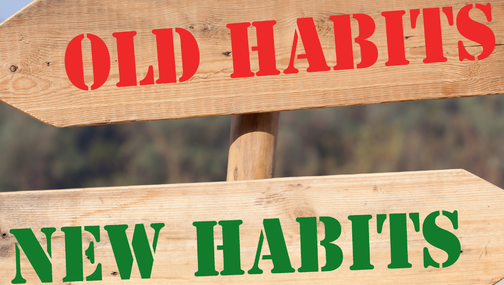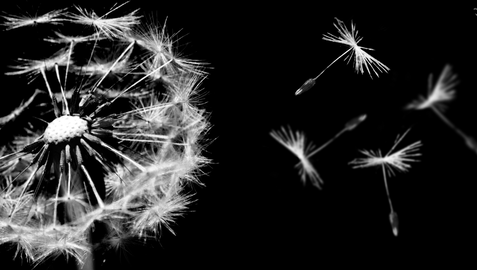|
There are several types of breathing that can be unhealthy. Yoga, as we all know, can help us break these habits. Yoga can retrain our brain and body to get us off the hamster wheel of the most common unhelpful breathing practices: hyperventilation, reverse breathing, collapsed breathing and frozen breathing. Hyperventilation is the act of breathing quickly no matter what we are doing. It’s not just when we are scared, frighted or upset like in the movies. It can be a breathing pattern we do continually every minute of every day. In hyperventilation, you will chest breath and only partially contract the diaphragm. Thus, reducing the space the lungs have to expand. This results in you having to increase the number of breaths per minute to get enough oxygen and, ultimately, increases the amount of carbon dioxide lost on the exhale making the body too alkaline. Hyperventilation makes the arteries in the brain constrict causing headaches and problems with concentration. Also due to the reduced oxygen levels, the blood’s hemoglobin does not release oxygen to the cells (causing dizziness, and breathlessness) and perpetuates the hyperventilation pattern. Additionally, hyperventilation causes constriction of the arteries reducing blood flow to the extremities, increases calcium levels causing muscle tension, and increases the excitability of the nervous system causing irritability, overreacting, and inappropriate responses. It has also been documented that hyperventilation causes nightmares, insomnia, visual disturbances, anxiety, and muscle cramps, just to name a few. Reverse breathing is when your abdomen moves ‘in” on the inhale and moves “out” on the exhale. Your pelvic floor movement is also reversed meaning the pelvic floor “closes” (rises) on the inhale and “opens” (lowers) on the exhale. The reversal can cause chronic tension in your upper body including the neck, shoulders and jaw areas. Reverse breathing also causes indigestion, heartburn, bloating, and flatulence due to the abdomen never fully relaxing at any stage of breathing. Collapsed breathing is chest breathing with your whole body moving downward. Your chest draws downward, your shoulders are hunched protectively, and your belly is projected forward and down. Typically, collapsed breathers have little tone in their lower body (muscles and organs) with the heart and lungs resting down on their belly. While breathing, your belly will remain static, and your chest and shoulders rise up and down slightly. Finally, frozen breathing is when the entire outer layer of your body contracts. This contraction suppresses the natural movement of your breath. Very little movement is seen on the surface of the body in frozen breathing. Your shoulders will typically draw toward each other, and you will hold your breath. What To Do... A yoga practice that can address all four breathing challenges is to lay on the floor in a supine position and start to notice where you breath. Donna Farhi’s “Where Do I Breathe?” practice is an excellent method to begin the learn exactly where in the body you are breathing and to become more aware or mindful of those breathing patterns. Here's how to start (for more in-depth exploration I recommend Farhi's The Breathing Book):
After you develop this awareness, you can try three-part breathing to access all the parts of your lungs. Three-part breathing can also start in a supine position so you can focus on the breathing aspects and not on having good posture.
Once you feel comfortable supine, you can try three-part breathing in a seated position with more focus on posture to prevent collapsing of the shoulders and chest. Additionally, you can incorporate a guided visualization to help cultivate mindful breathing, the slowing down of the breath, and a deepening of the inhales. Likewise, you may want to try a meditation practice on loving-kindness or ahimsa to address any unresolved mental or spiritual traumas that may be leading to poor breathing habits. Farhi, D. (1996). The Breathing Book: Good Health and Vitality Through Essential Breath Work. St. Martin's Griffin, New York. "A habit cannot be tossed out the window; it must be coaxed down the stairs a step at a time."-Mark Twain
0 Comments
Your comment will be posted after it is approved.
Leave a Reply. |
Kelley GallopI AM Boundless Bliss Yoga. Just me. I'm a one-lady band. I'm a yoga therapist. I didn't start out to be a yoga therapist, I just wanted to learn more and SHAAAZZAMM...here I am. Archives
September 2021
Categories
All
|




 RSS Feed
RSS Feed